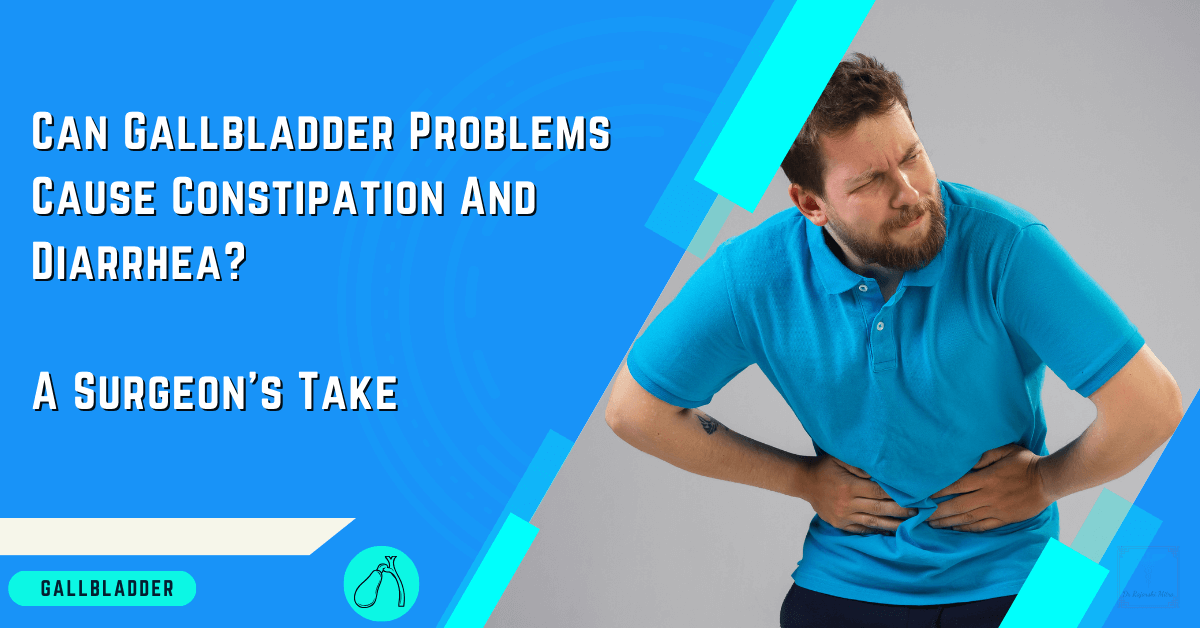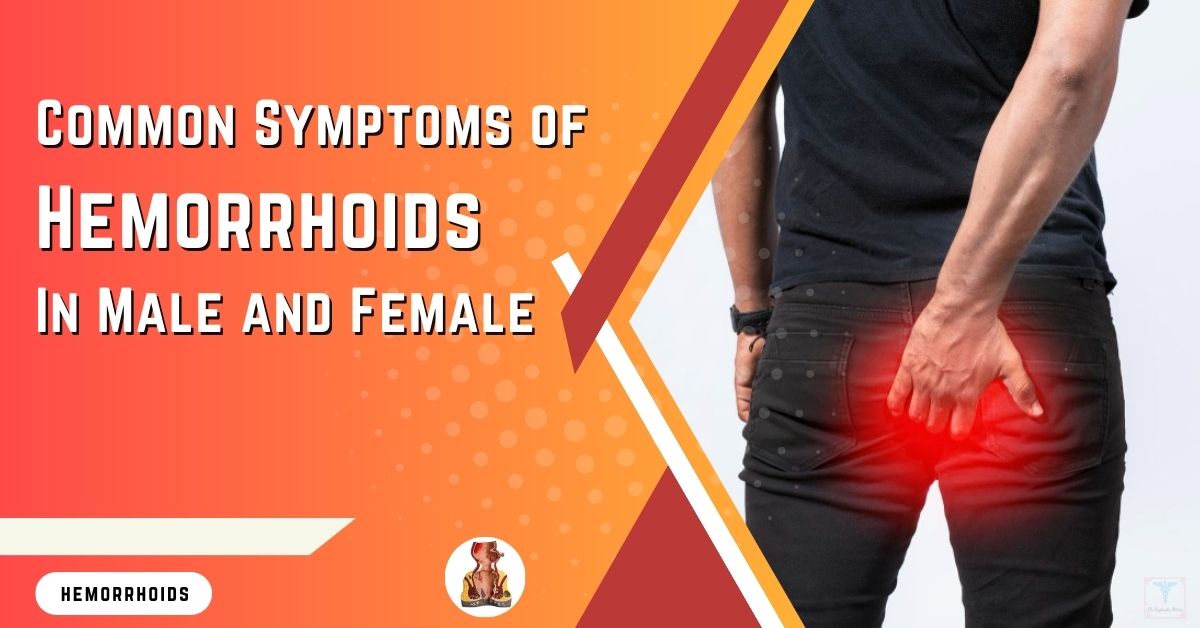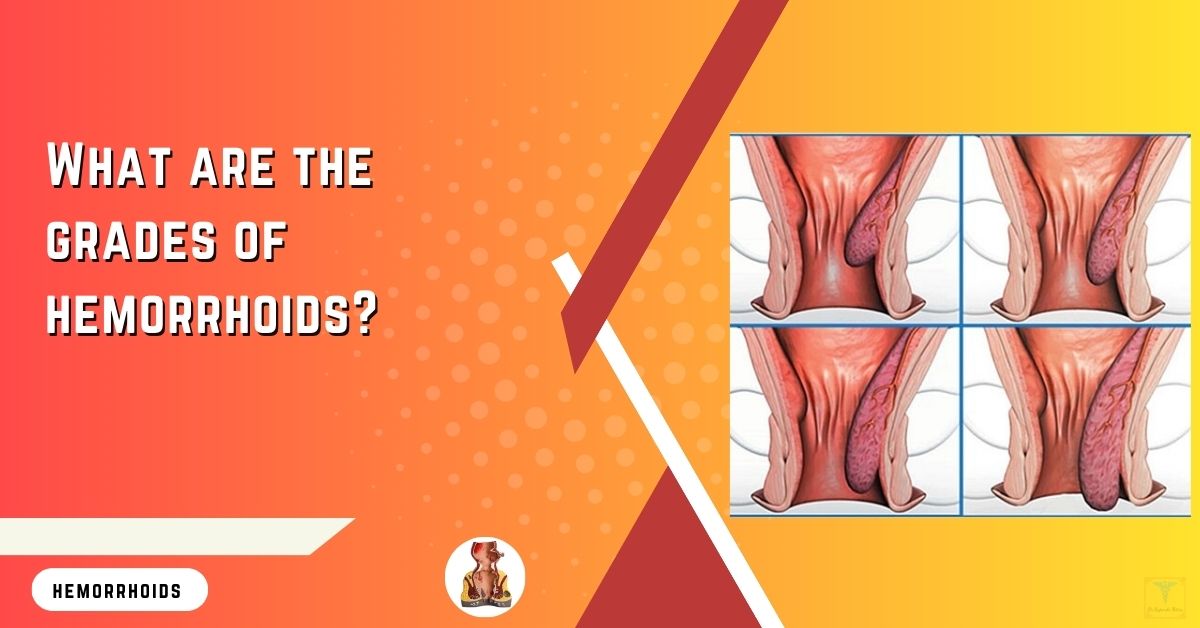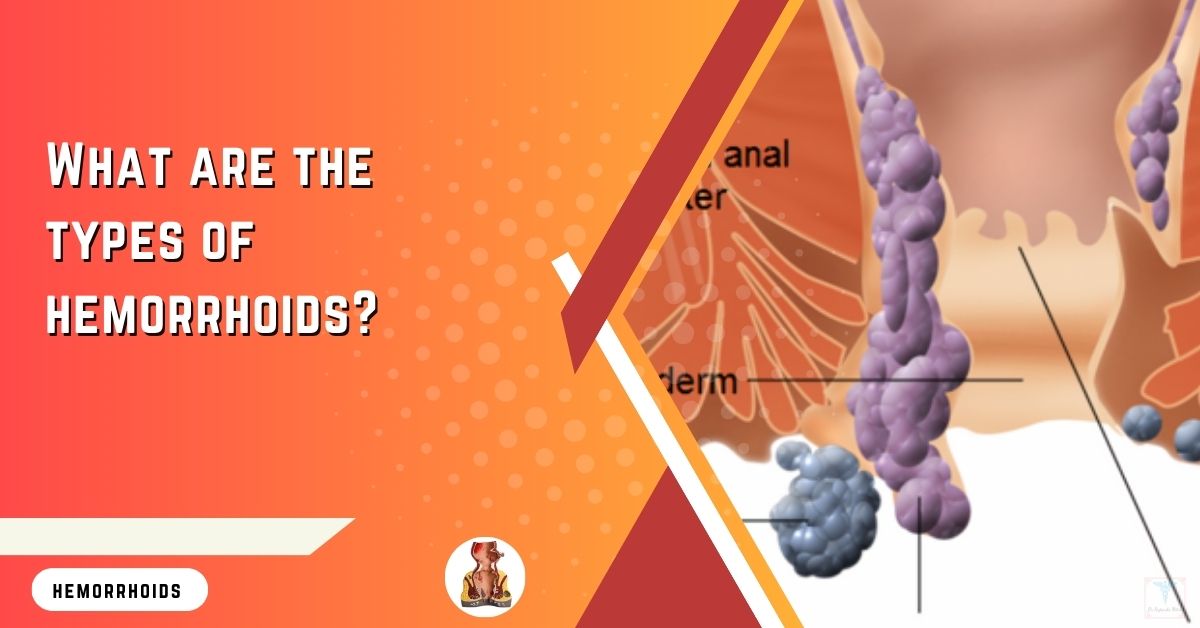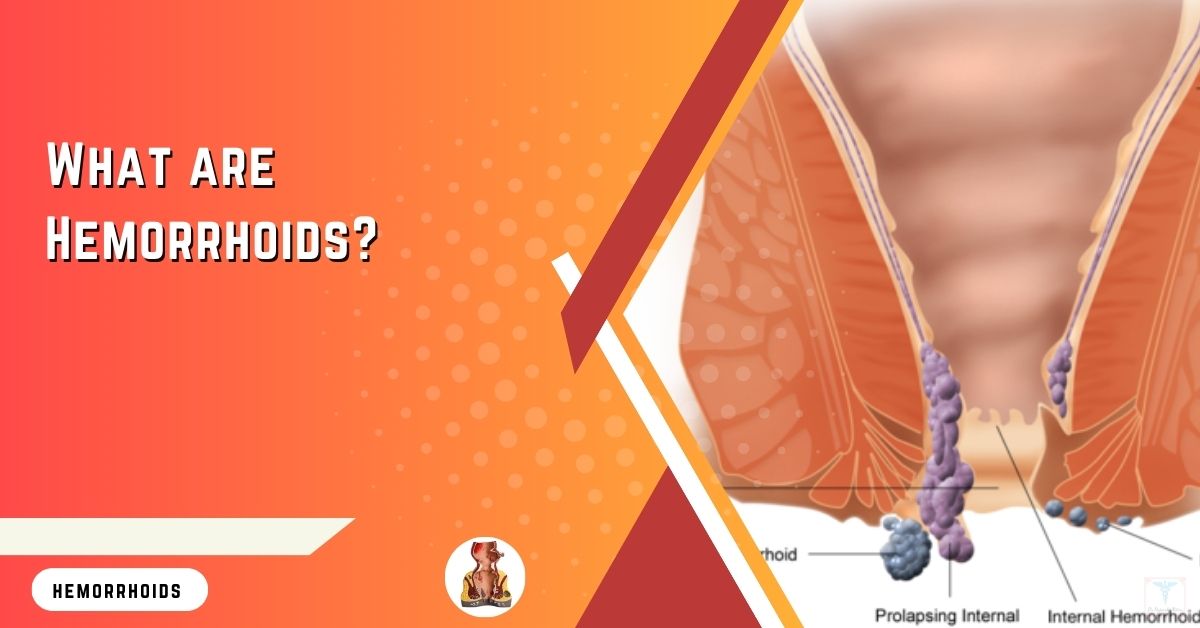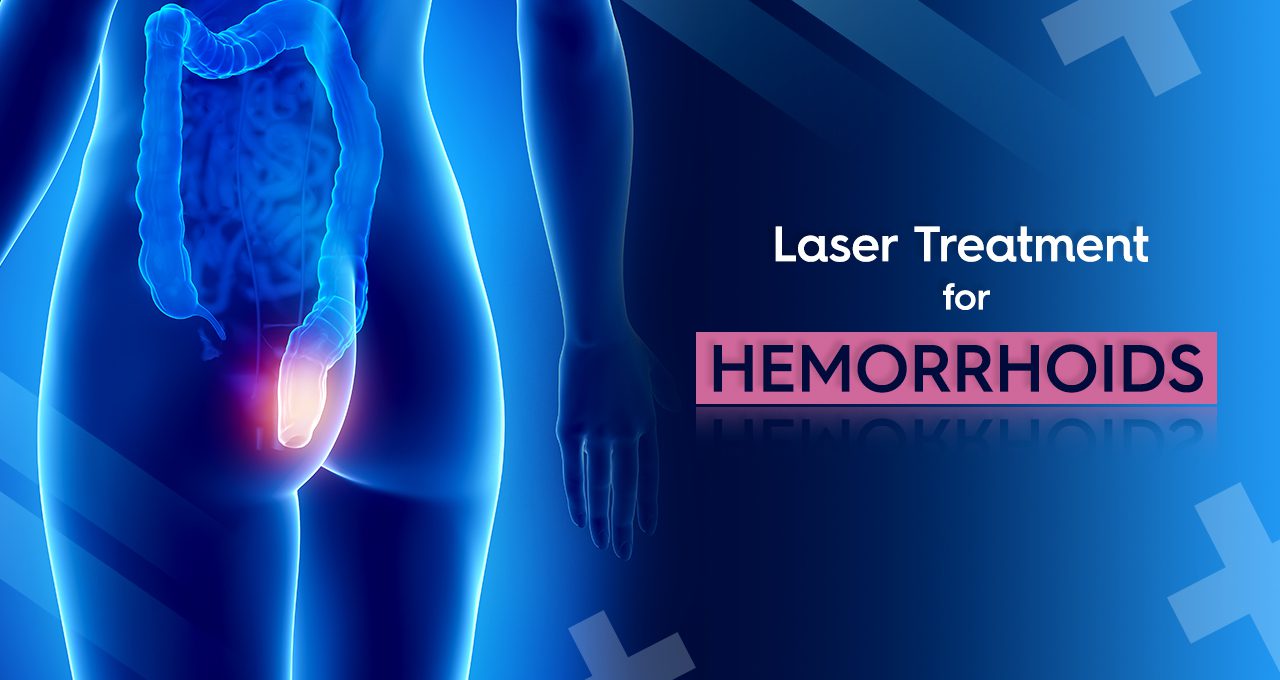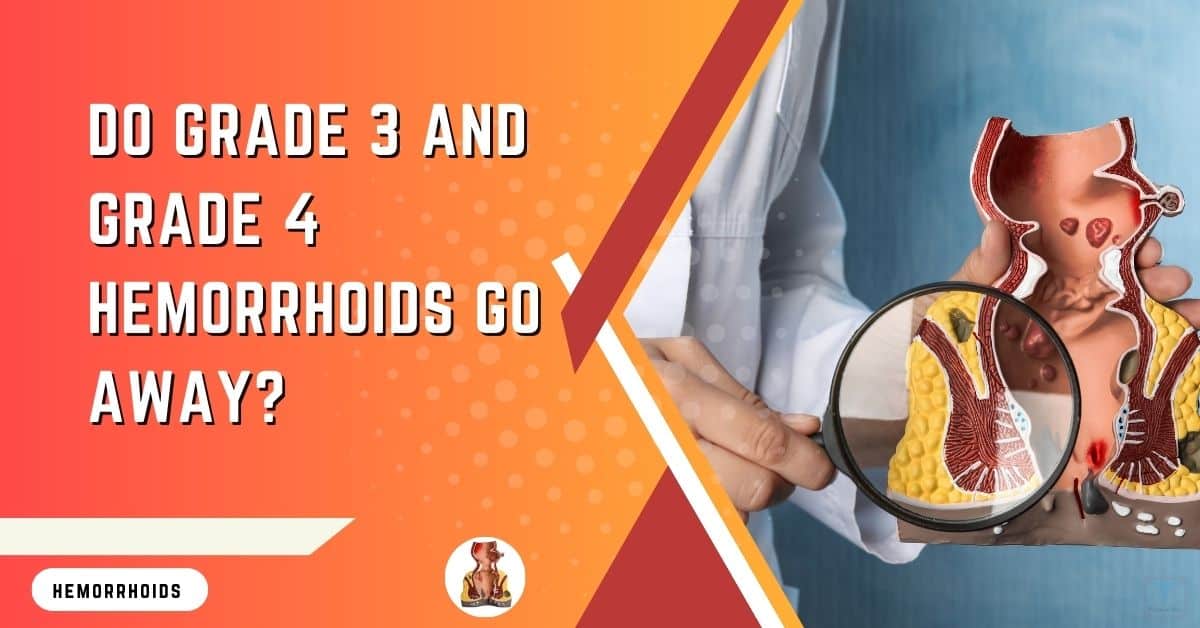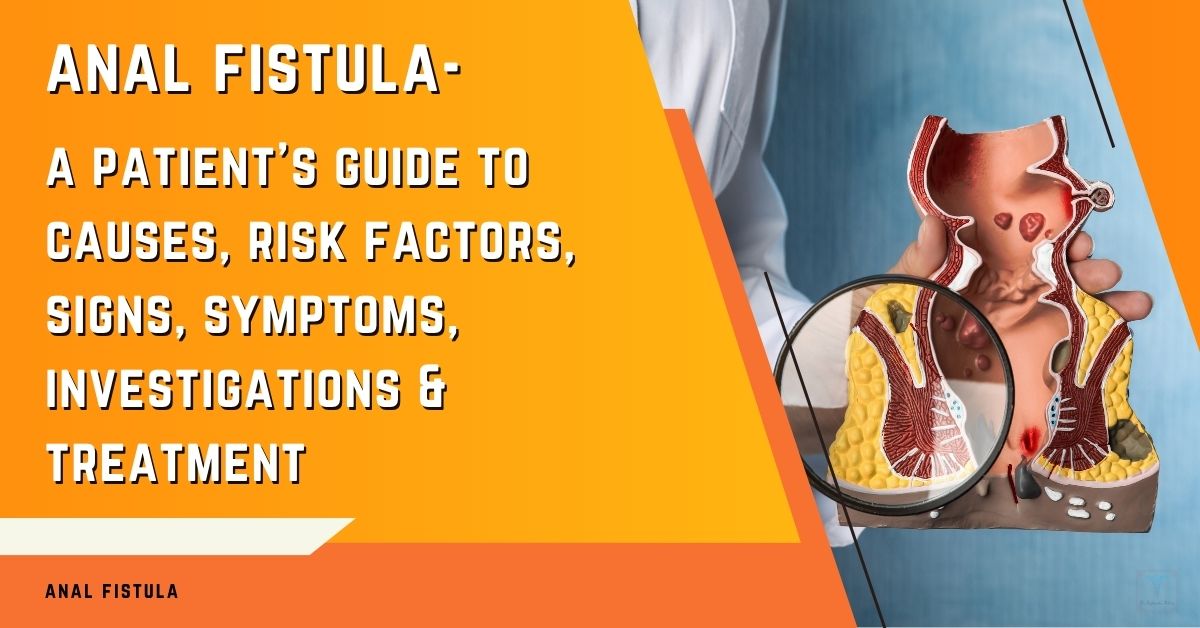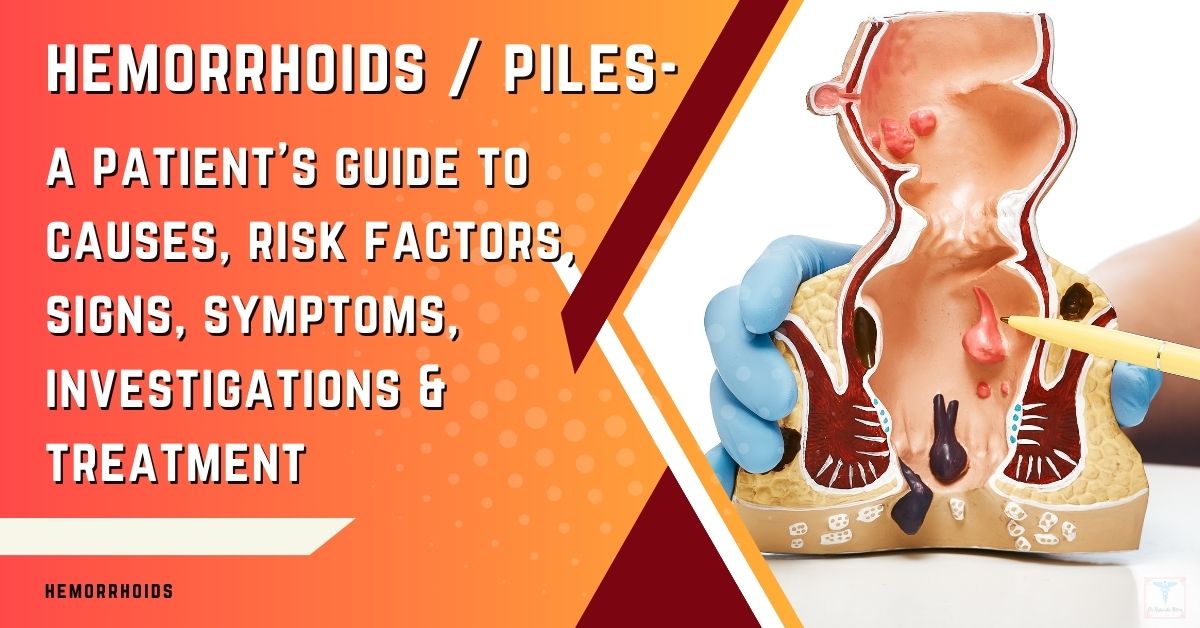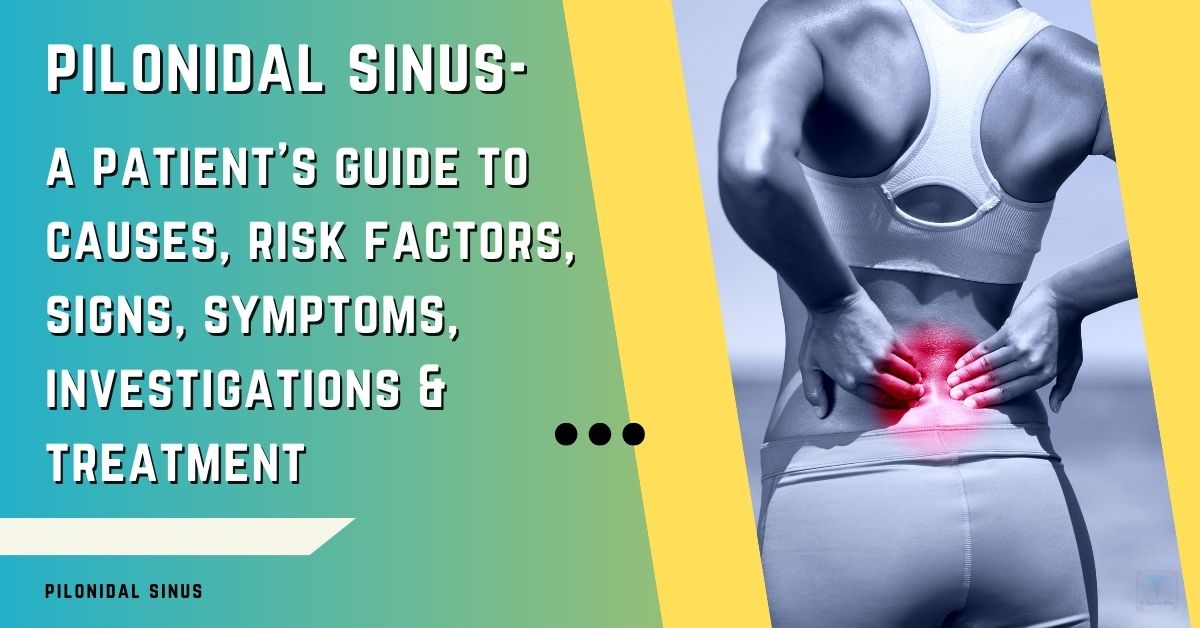Have you ever considered that your New Year’s resolutions could be the key to finally getting relief from hemorrhoids? Yes, hemorrhoids and New Year resolutions go hand in hand. As you’re mapping out goals for a healthier you, it’s crucial to remember that small changes in your daily habits can significantly impact your comfort and well-being.
By integrating more fiber into your diet and ensuring you’re drinking plenty of water, you’re not just improving digestion; you’re also taking a proactive step towards softer bowel movements, which can ease the strain and discomfort associated with hemorrhoids. Let’s not forget the role of regular exercise in maintaining blood flow and preventing constipation—yet another win for your vascular health.
While it might seem daunting to overhaul your lifestyle, focusing on these manageable adjustments could lead to the relief you’ve been seeking. Stay tuned as we explore various strategies that could help you sit more comfortably in the year ahead and beyond.
Hemorrhoids And New Year Resolutions: Highlights
- Increase dietary fiber intake to 25-30 grams per day.
- Engage in regular exercise to enhance blood flow and prevent hemorrhoids.
- Establish a regular bathroom routine and use a step stool for more efficient elimination.
- Take frequent breaks from prolonged sitting and practice stress reduction techniques for relief.
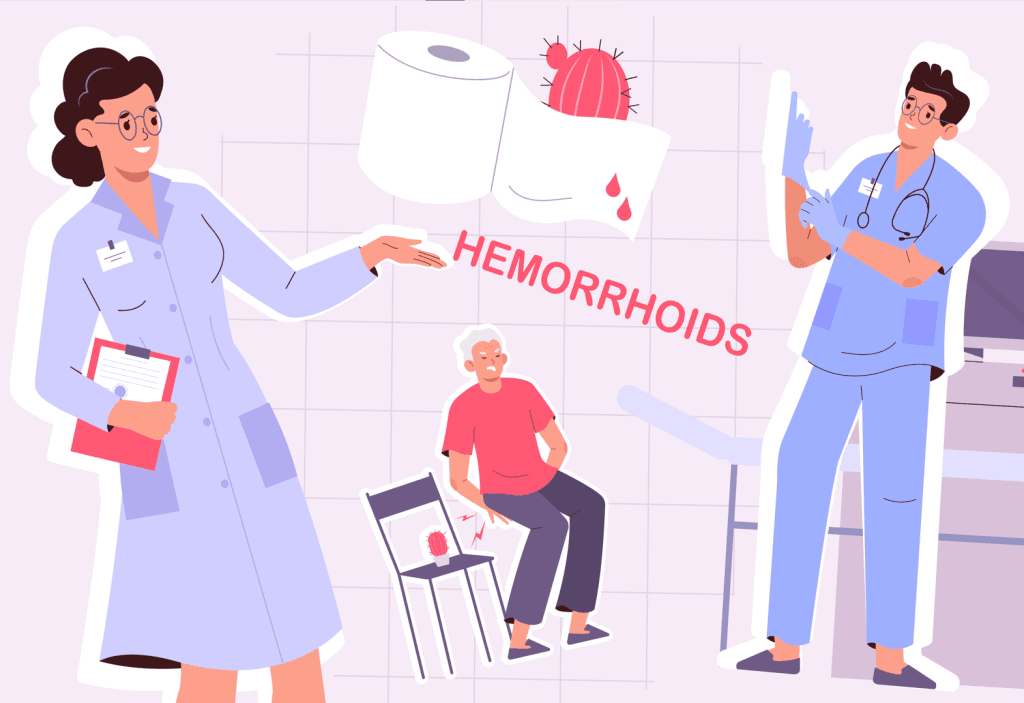
Dietary Adjustments for Relief
To alleviate hemorrhoid discomfort, it’s essential to start by increasing your dietary fiber intake to the recommended 25-30 grams per day, as this helps soften stools and minimizes straining during bowel movements.
Fiber is your ally in the fight against the pain and irritation that hemorrhoids can cause. Getting enough fiber is not just about quantity; it’s also about variety. A diet rich in fiber encompasses a diverse range of fiber-rich foods, such as fruits, nuts, vegetables, and whole grains, which contribute to a more effortless digestive passage and reduce the pressure on your rectal veins.
Hydration is a critical partner to your high-fiber regime. Together, they work to ensure that your stools are soft and manageable, preventing the need for the kind of straining that exacerbates hemorrhoid symptoms. Aim for a fiber-rich diet that includes plenty of water to maximize the benefits.
However, it’s not just about adding to your diet; it’s also about what to avoid. Dairy products, junk food, and excessive meat can hinder your progress. Instead, focus on foods rich in both soluble and Insoluble Fiber, like beans, lentils, and fiber-rich whole grains, to support a balanced, hemorrhoid-friendly diet. If necessary, consider a fiber supplement to meet your daily fiber needs.
Importance of Regular Exercise
Regular exercise plays a pivotal role in enhancing blood flow, which is crucial for preventing hemorrhoids and maintaining healthy gastrointestinal function.
By integrating regular physical activity into your routine, you join a community dedicated to making lifestyle changes that foster well-being. Exercise isn’t just about looking good; it’s a treatment option that supports your body’s natural processes.
As you engage in regular exercise, you’re taking proactive steps to help prevent the swollen veins that cause hemorrhoids. Risk factors like excess weight put additional pressure on your lower bowels, but through exercise, you can manage your weight and alleviate this strain.
Moreover, physical activity stimulates bowel function, which can prevent the need to strain during bowel movements—a key contributor to hemorrhoid development.
Your healthcare provider might recommend 20-30 minutes of moderate exercise daily as part of your hemorrhoid management plan. This, coupled with dietary changes such as increasing your intake to 25-30 grams of fiber per day, can significantly improve symptoms and reduce the likelihood of future occurrences.
By committing to these lifestyle adjustments, you’re not just treating symptoms; you’re building a foundation for long-term gastrointestinal health and a sense of belonging in a community that values proactive health measures.
Optimizing Bathroom Habits
Adopting a consistent bathroom routine can significantly mitigate the risk of constipation and the subsequent straining that exacerbates hemorrhoidal discomfort.
Hemorrhoids, often caused by increased pressure in the lower rectum, can be aggravated by irregular bowel movements. Implementing changes, such as establishing a regular schedule for your bathroom visits, can harmonize your body’s natural rhythms and promote smoother bowel movements.
Elevating your feet with a step stool while sitting on the toilet can align your rectum for more efficient elimination, reducing the strain on your anal area.
It’s also crucial to avoid prolonged sitting, not just on the toilet, but in general, to prevent pressure buildup in external hemorrhoids. A sit-stand workstation could be a valuable investment for your health.
Additionally, incorporating regular tub soaks, known as sitz baths, into your routine for 15 minutes can soothe irritation and aid healing. Proper anal hygiene post bowel movements is essential; gently cleanse to avoid further irritation.

Managing Sitting Durations
Mitigating the pressure on your anal area necessitates taking frequent breaks from prolonged sitting, a simple yet effective strategy for hemorrhoid relief.
Hemorrhoids, which are swollen veins in your rectum and anus, can become inflamed and cause significant pain, negatively impacting your quality of life. By managing sitting durations, you actively participate in your hemorrhoid treatment, reducing discomfort.
To alleviate pressure, consider using a standing desk or a sit-stand workstation. This allows you to alternate between sitting and standing, thus decreasing the risk of exacerbating both internal and external hemorrhoids.
Additionally, when you must sit, use a specialized hemorrhoid pillow for extra padding; it’s designed to distribute weight more evenly and lessen the strain on the affected area.
Incorporate controlled movement exercises such as yoga or swimming into your routine to enhance blood circulation and minimize the strain that comes from sitting for extensive periods. Moreover, avoid sitting on hard surfaces. Choose soft cushions or seats that provide support without adding pressure to your hemorrhoids.
Remember, careful management of sitting durations can be a cornerstone of your hemorrhoid treatment, directly contributing to the relief of pain and discomfort.
Stress Reduction Techniques
While hemorrhoids often prompt physical discomfort, they can also be exacerbated by stress, making it essential to implement stress reduction techniques such as mindfulness meditation, which centers your thoughts on the present, helping to alleviate mental strain.
As you craft your New Year’s Resolutions, consider incorporating stress reduction techniques to not only enhance your overall well-being but also to manage the pain and discomfort associated with hemorrhoids.
Deep breathing exercises are another method to calm your mind and body, offering a reprieve from the tensions that can aggravate hemorrhoid symptoms. Regular physical activity, including gentle yoga or daily walks, can help in stress management, potentially reducing the likelihood of exacerbated hemorrhoid flare-ups.
It’s good news that treatment is available for managing hemorrhoid symptoms. While you’re seeking relief, prioritize relaxation and self-care. These practices can make postoperative recovery, if needed, softer and easier.
Remember, there are two types of hemorrhoids, and each may require different care strategies. Over-the-counter pain medication can ease discomfort, while a warm sitz bath can provide soothing relief.
Don’t hesitate to seek professional help or counseling if stress feels overwhelming. Your well-being is paramount, and a supportive community awaits you to help you navigate the journey toward health and comfort.
Final Note From Dr. Rajarshi Mitra
You can manage your hemorrhoids effectively by adopting a high-fiber diet, staying hydrated, and engaging in regular exercise, like yoga or swimming. Ensure to optimize your bathroom habits, limiting strain and maintaining hygiene.
Be mindful of how long you sit, and incorporate breaks to reduce pressure. Additionally, employ stress reduction techniques to alleviate symptoms. If these changes don’t help, consult a healthcare professional for potential medical interventions. Your comfort is paramount.
Dr. Rajarshi Mitra is a patient-centered, highly-rated Specialist Laparoscopic Surgeon & Proctologist in Abu Dhabi, offering Advanced Laparoscopic Surgery, Minimally Invasive Proctology & Lasers in Proctology. He is MBBS; MS (Surgery); FIAGES; FICS (USA); Dip. Lap (France); and Dip. Hernia (APHS) with 18 years of extensive experience in Laparoscopic Surgery, Minimally Invasive Proctology and Fellowship training in Colorectal and Bariatric Surgery.



